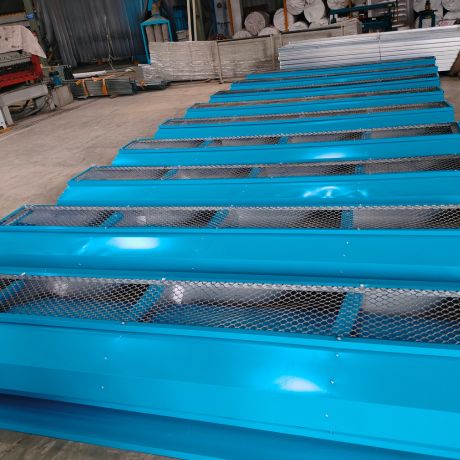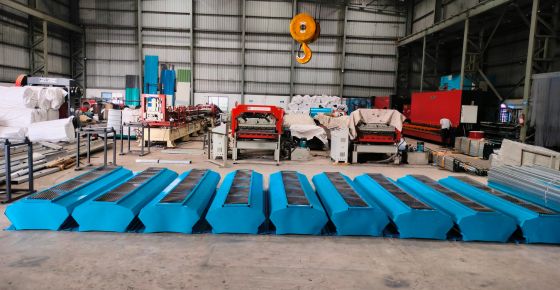Onion Type Airflow Ridge Vent
Onion-type Airflow Ridgevent is an economical, effective, and low-maintenance method of exhausting heat, moisture, and air-borne contaminants from industrial and commercial buildings. By taking advantage of natural thermodynamic forces, ridge ventilators offer a sustainable solution to improving energy efficiency, without moving parts. Airflow Ridgevent™ is ideally suited to the extraction of low to medium heat loads, with virtually no running costs or maintenance. Best for solar panel roofs in the future.
FEATURES AND BENEFITS
- Natural ventilation – No running expenses
- Efficient airflow – cooler building
- Assemble unit – easy installation
- Knockdown form – cost-effective, damage resisting
- Extensive size range – suits most designs
- No moving parts – low maintenance
- Compound design – resists rainwater entry
- Self-draining – no additional plumbing
- Mesh guarding provides bird and vermin barrier
- Suitable – solar panel installation building
- Warranty 36 month
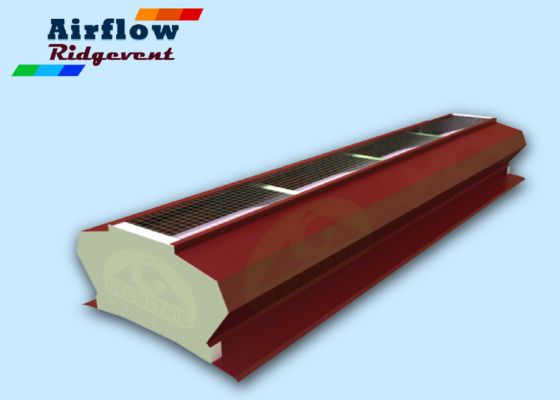
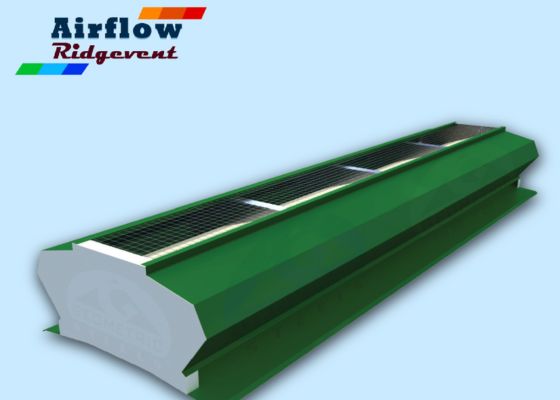
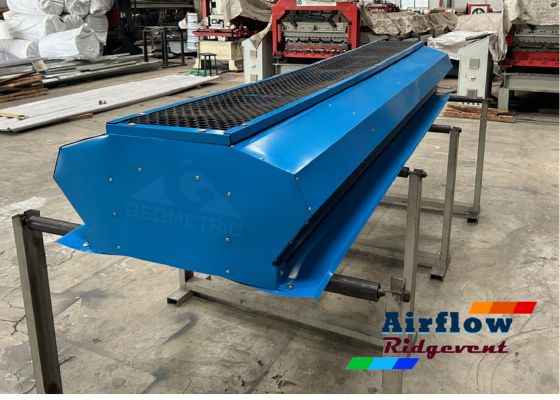
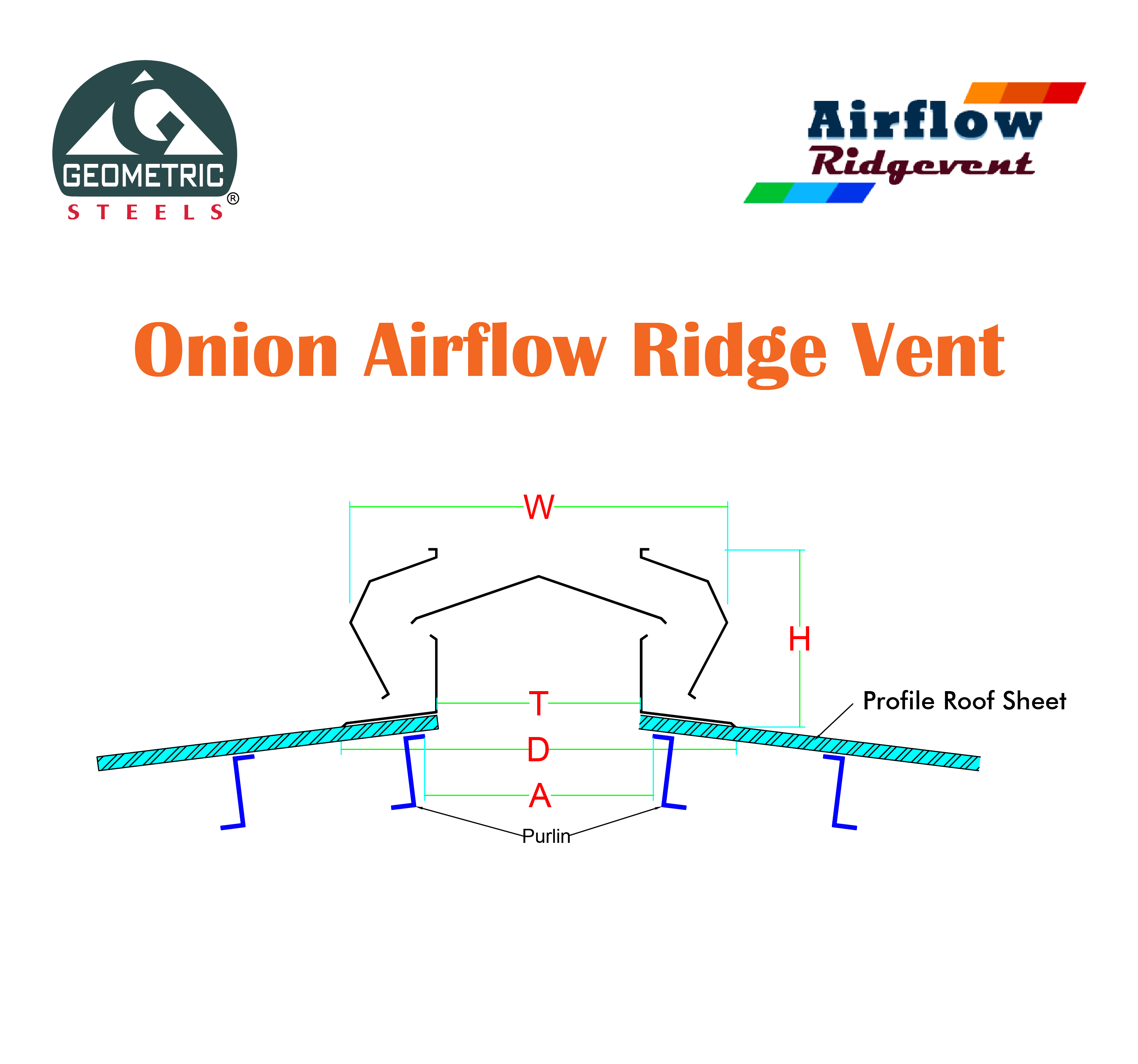
| Throat (T) | (W) | (H) | (D) | Purline Distance (A) |
|---|---|---|---|---|
| 300 | 800 | 404 | 860 | 400 |
| 450 | 900 | 404 | 960 | 550 |
| 600 | 1100 | 516 | 1150 | 700 |
